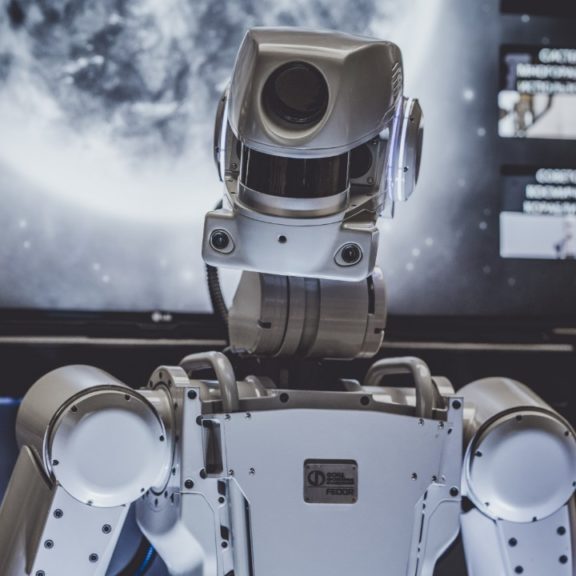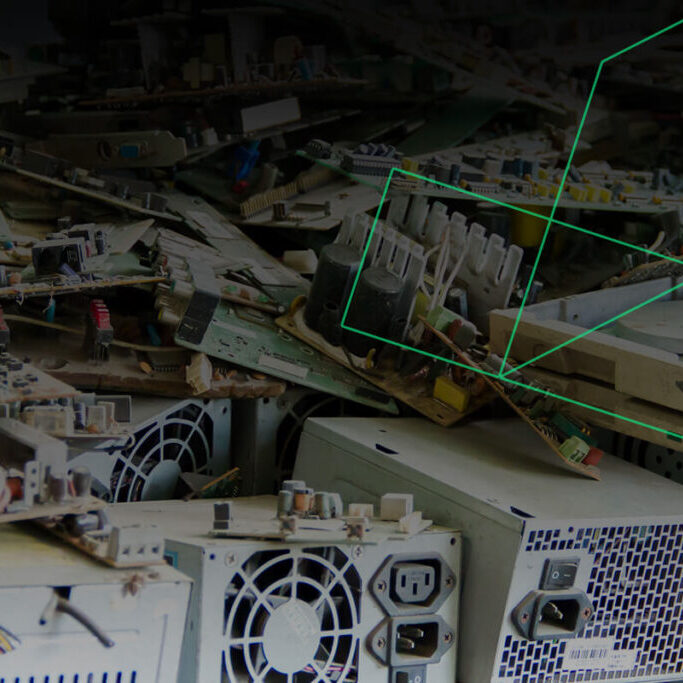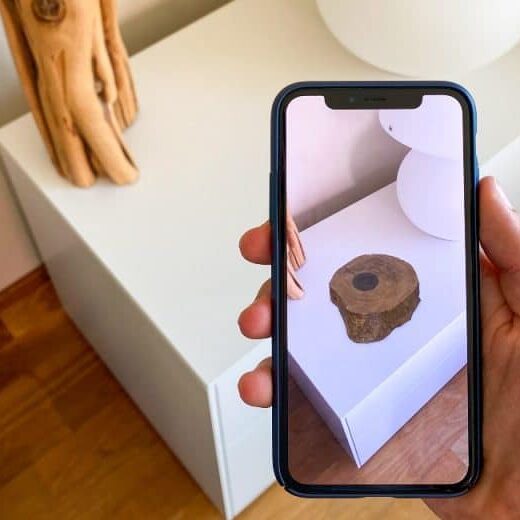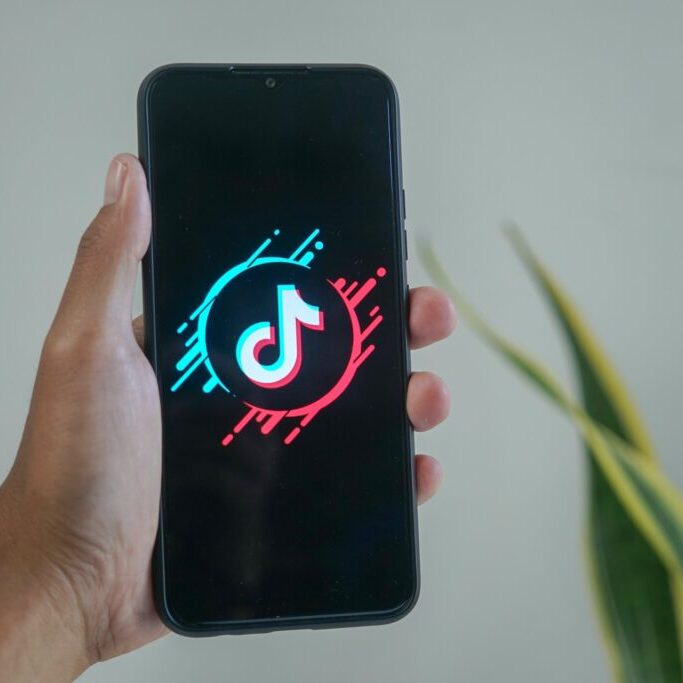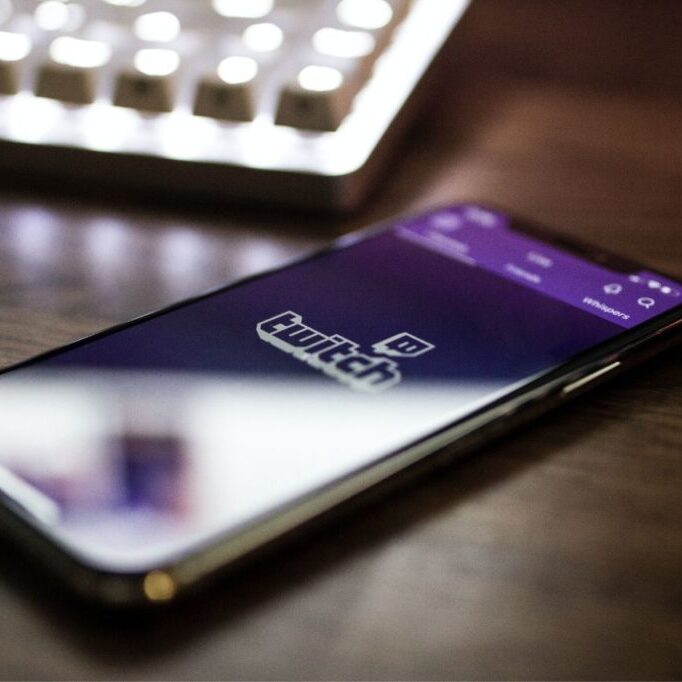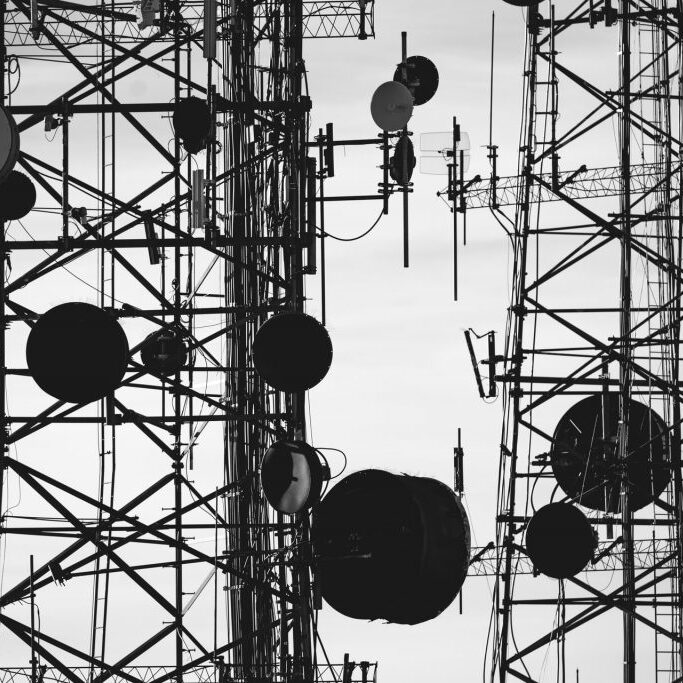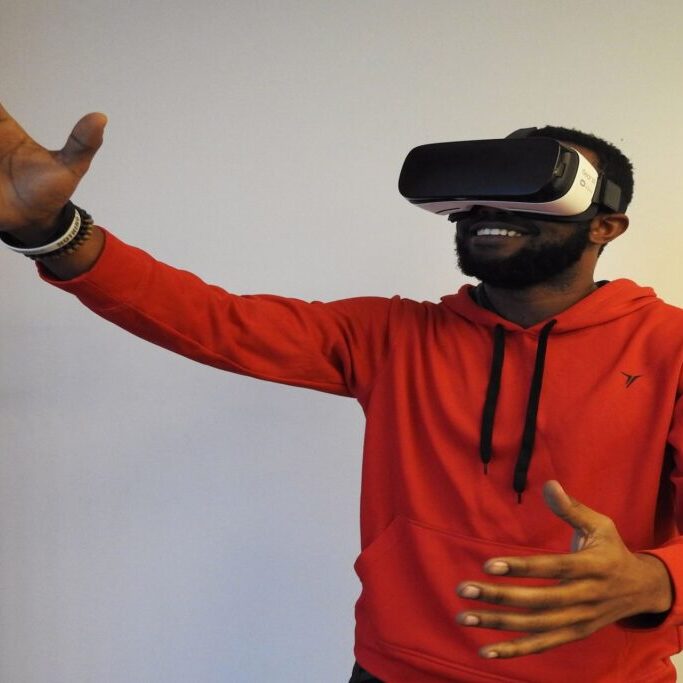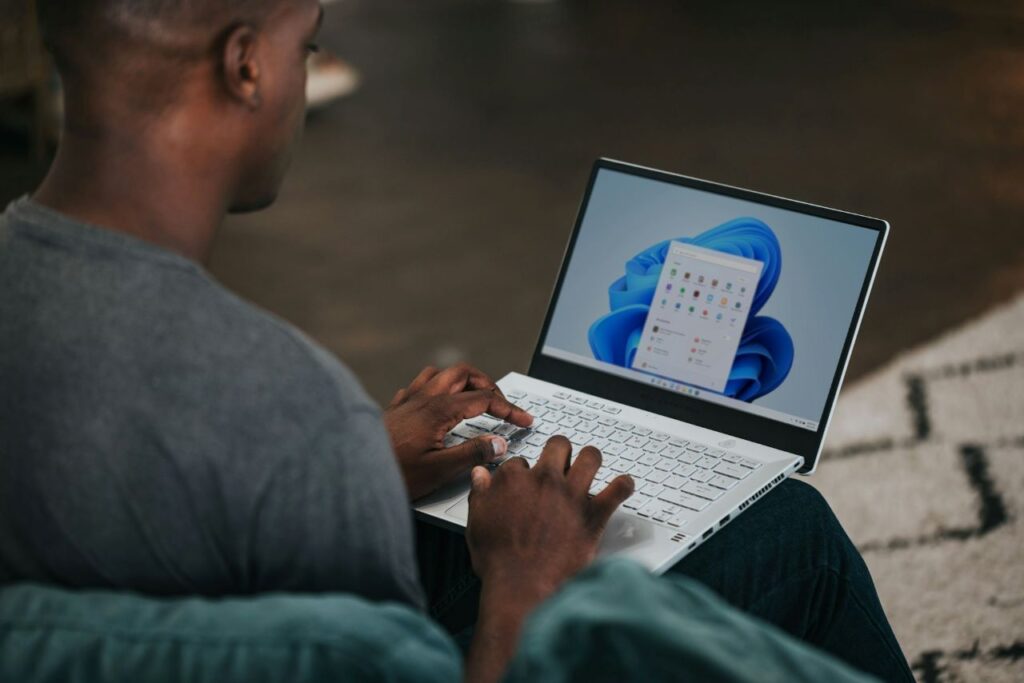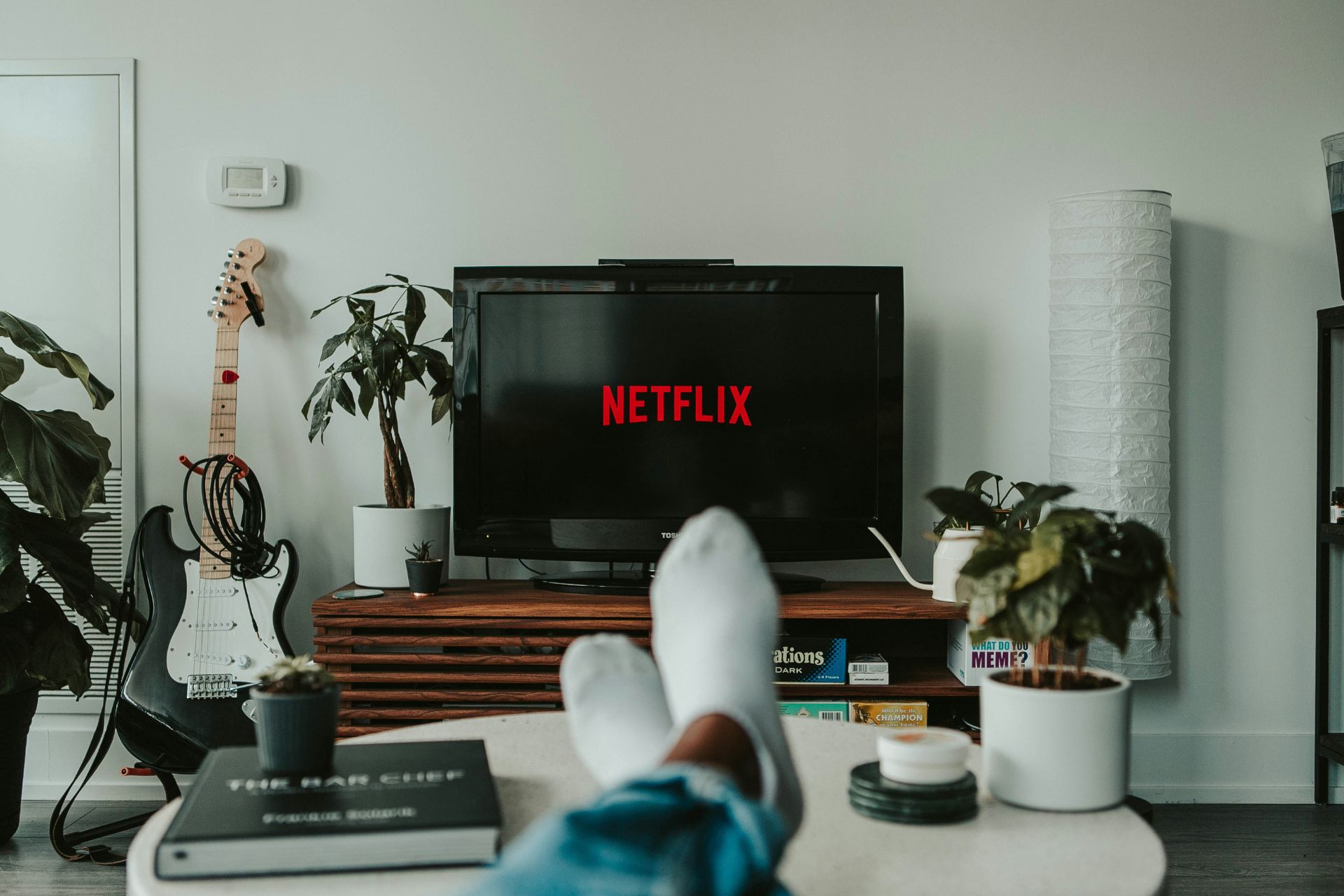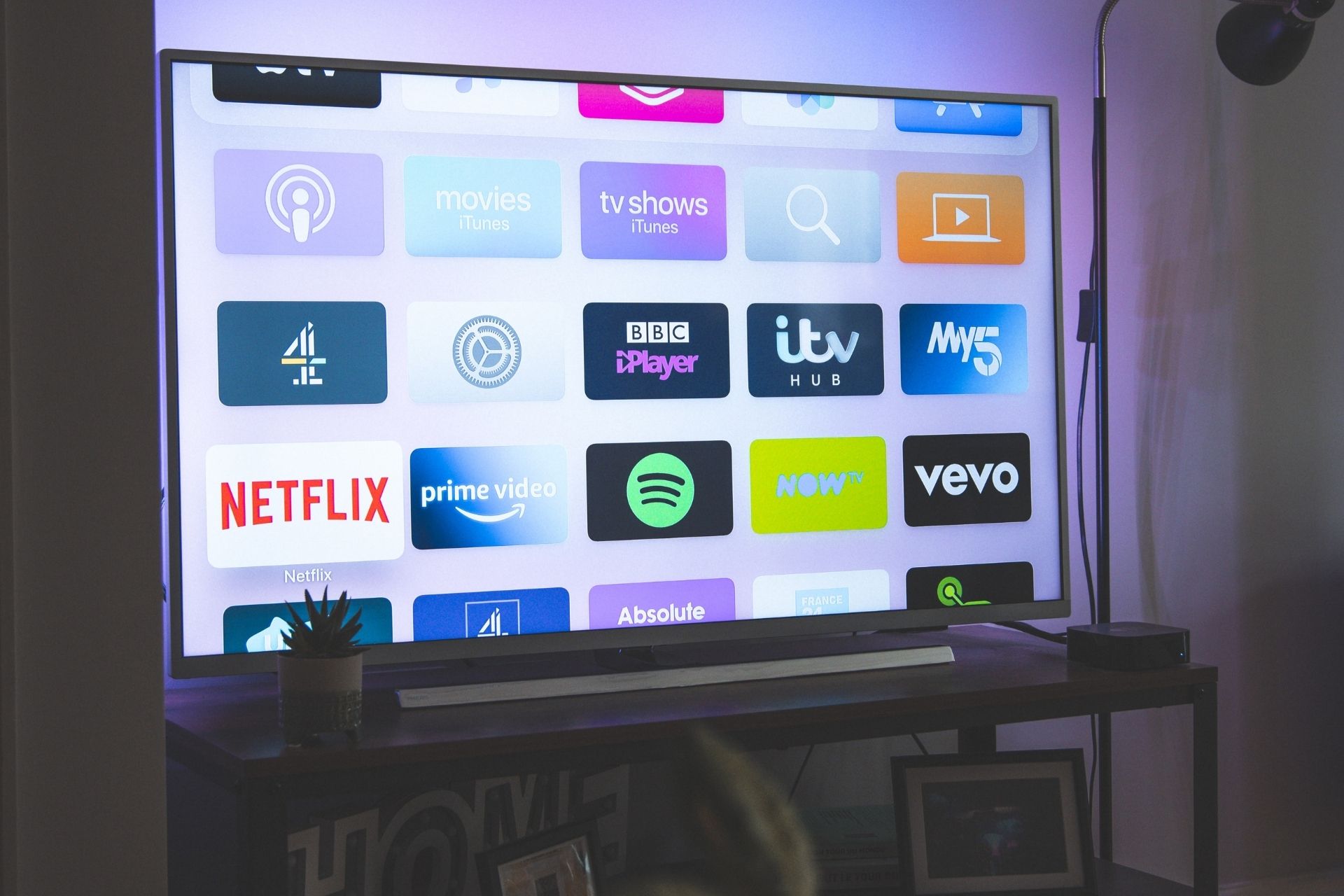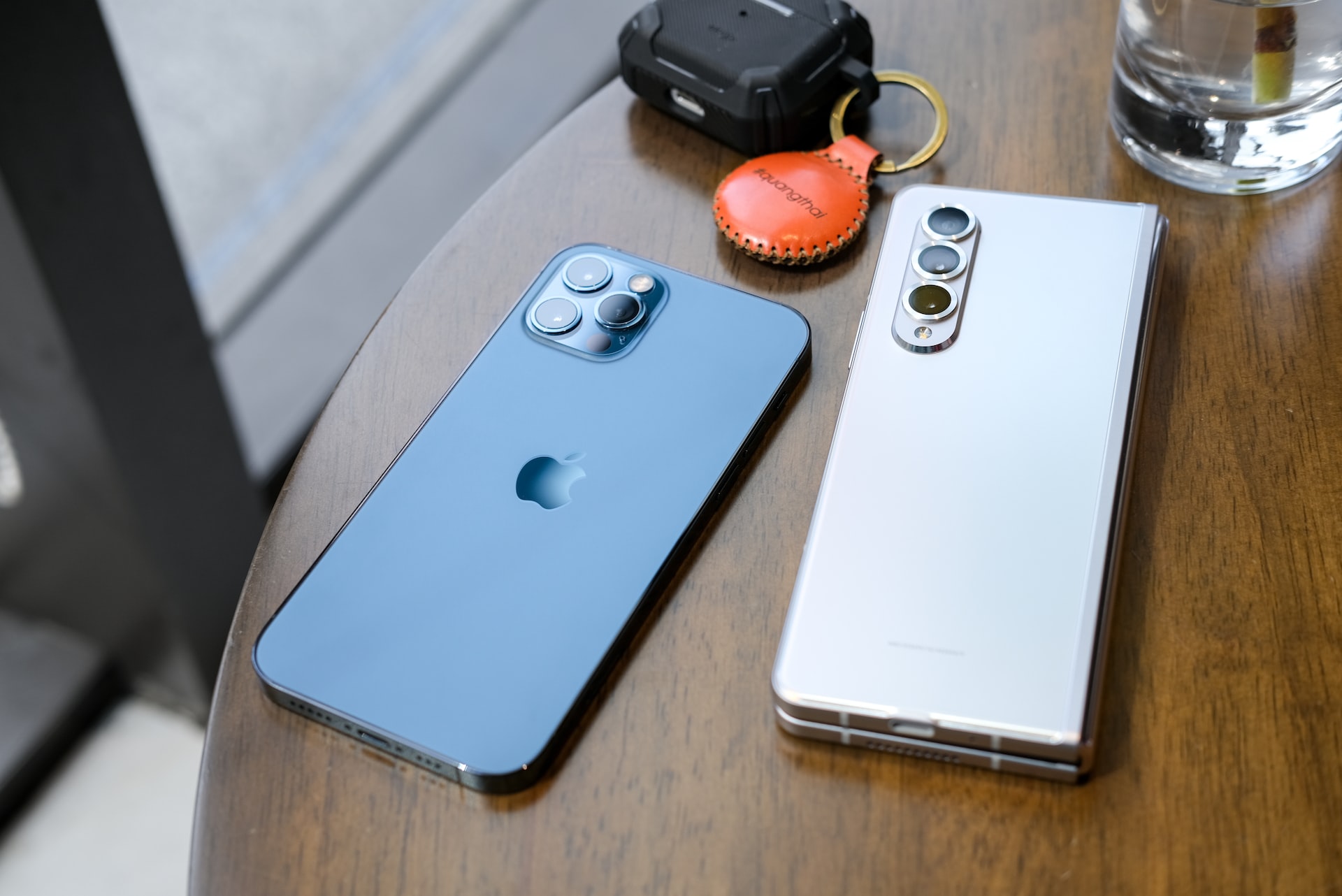Comparing Apple vs Android in 2024 might seem like a challenge, but it really comes down to two main features. If you’re shopping for a new phone and aren’t sure whether to choose Apple or Android, we’re here to help. This guide breaks down the main differences between these two operating systems in 2024, including which one is best for which users.
Apple vs Android 2024: The Short Version
Comparing Apple vs Android in 2024 essentially comes down to two things: simplicity and customization. There are more in-depth comparisons between the two camps, but these two factors are a quick way to make your decision.
If you want a device that’s easy to use out of the box and has consistently smooth performance, get an iPhone. If you want more freedom to customize your phone or get a device with unique features, get an Android phone.
There is much less variety among Apple phones, but the consistency ensures that you can always get a fast, smooth experience. It also makes Apple devices easier to use since every one works the same way.
Android phones put more control in individual users’ hands. You can customize virtually every aspect of an Android phone’s performance and appearance. For some users, that level of customization increases complexity. However, for people who do want to build their own experience, Android is far better than Apple.
Who Should Choose Apple?
The Apple vs Android 2024 showdown is a tough competition. Both types of phones can offer stellar performance and features. However, Apple is definitely still better at a few things. You should choose Apple if you want to prioritize simplicity, privacy and value for your money.
Simplicity
Apple phones are easy to use, plain and simple. App icons and layouts are the same across iPhones and devices. The user interface doesn’t change noticeably from one year to the next, either. If you know how to use one iPhone, you know how to use all of them.
Plus, the sheer number of other people using iPhones makes them even more convenient. You can use AirDrop to share photos and videos. You can use all the handy features in iMessage (which you can’t do in text conversations with Android users). Apps for the iPhone tend to be better optimized, as well, since developers just have to refine performance for one type of phone, rather than hundreds.
As of 2024, over 50% of users in North America are on iOS and all of them are using an iPhone. In contrast, the Android users, the minority group, are all using a wide array of different devices. Each of those Android phones has a different manufacturer, a different form factor, a different UI layout, a different customer support experience. All that variety makes for a much more complicated and inconsistent experience compared to what you get on an iPhone.
Privacy
In 2024, Apple is definitely the better choice for anyone concerned about privacy and security. Most leading phones from either camp are pretty secure today, particularly from trustworthy manufacturers like Apple and Samsung. However, Apple tends to prioritize user privacy more than most Android manufacturers do.
Plus, the sheer number of Android phone developers and manufacturers results in less consistent privacy and security features. With Apple, everyone has the peace of mind of getting the same features, tools and updates.
For example, in 2021 Apple added a feature that allows users to block apps from accessing their data. The feature was so effective that Facebook’s parent company, Meta, reportedly lost $10 billion in ad revenue that relied on selling users’ data to advertisers. Apple also allows users to hide their email addresses, secure passwords in a password manager and even lockdown their iPhones in the event of a cyberattack.
Value
Some may be surprised to hear Apple described as “good value” given the historically high prices of iPhones. However, an iPhone is usually a better investment than an Android phone. There are a few reasons for this.
The high cost and evergreen popularity of iPhones means they have a great resale value. People are still buying used iPhone 6s and 7s in 2024. Apple continues to offer software updates on its phones far longer than Android manufacturers do, which means you really can use an older iPhone five plus years after its original release. So, when you’re ready to sell your old phone, you’ll get more money with an iPhone.
Additionally, the sheer popularity of iPhones also increases the value you get out of one. Some features, like Find My, improve in performance as more devices are added to the network. App developers also tend to prioritize iPhone performance, so your apps will be better optimized. Apple carefully reviews and restricts what apps make it into the app store, meaning you encounter less spam and malicious apps on the iPhone.
Finally, iPhones are centralized under Apple whereas Androids are made by many disconnected manufacturers. As a result, iPhone users tend to get a more seamless customer support experience compared to many Android users.
Apple might be more expensive than some Android phones, but it’s a more valuable investment since you’ll get more for the price of your phone, both immediately and in the long run.
Who Should Choose Android?
Considering all the benefits of an iPhone, some people may wonder why they should bother considering an Android device. However, the competition between Apple vs Android in 2024 is closer than you might think. Android has a few big advantages over Apple that could be a dealbreaker to many users, including customization, affordability and features.
Customization
As mentioned above, Android’s big advantage over Apple has always been customization. Android offers far more room for users to customize their device, from the way it looks to the way it runs. They can move apps around however they want, change the appearance of app icons, use different fonts, change up their lockscreen, change the colors of the UI and more.
You can also get a more unique phone on Android. Since hundreds of companies are designing Android phones, there’s a lot more variety. If you want a phone with a great camera, you can get a Samsung. If you want a gaming phone you can get the ASUS ROG phone. There’s Google Pixel phones, folding phones, minimalist phones, big phones, small phones.
On Android, there’s a unique phone for every user and you can customize your experience on it however you want. With Apple, there’s one way to do things and one design for everyone.
Price Flexibility
One big advantage Android has over Apple in 2024 is affordability. The incredible variety of devices to choose from with Android means that it can suit a much broader price range. Of course, there are definitely some luxury, expensive Android phones. For instance, Samsung phones can cost thousands of dollars and include some truly remarkable features for that flagship price.
However, it’s the budget market where Android really has an edge over Apple. The cheapest new Apple phone you can get today is the iPhone SE for about $430 (although you will have to pay more to upgrade from 64GB of storage). The iPhone SE isn’t going to get you any cutting edge features, either. In fact, it uses the exact same outdated body and screen size as the iPhone 8, originally launched in 2017.
Sure, you could get a used iPhone for under $400, but it won’t be a recent model. In contrast, you can pick up a brand new Android phone for less than $200 and still have a great experience! For example, the Samsung A14 costs less than half the price of the iPhone SE and includes a triple camera array, a larger screen, a more powerful front-facing camera and support for 5G. It even has a 5,000 mAh battery, over twice the size of the 1,624 mAh battery in the iPhone SE.
So, if you’re shopping for a phone on a budget under $500, Android is the obvious choice.
New Features
Due to the sheer variety of Android phone manufacturers, Android devices tend to get new features much sooner than Apple phones do. Android manufacturers have to get creative to stand out and compete in the market. So, they’re more likely to try new things and push the barriers of smartphone tech.
In contrast, Apple is historically sluggish about making changes to its designs. This goes for all Apple tech, not just iPhones. For example, Apple didn’t announce its mixed reality headset until years after Meta made the Quest headsets popular. Apple’s laptops didn’t even have ray tracing until the M3 line of chips announced in October 2024! Meanwhile, Windows laptops have had ray tracing since 2019.
So, as a general rule, if you want to check out the newest features and innovations on the market, go for Android.
Apple vs Android in 2024: Who Wins?
Apple and Android remain fierce competitors, but in 2024 the reality is that both are fantastic platforms. New updates to each operating system include lots of great features and both include some incredible smartphones. So, in 2024 the Apple vs Android debate really comes down to what features are most important to you. Apple is the top choice for simplicity, support and privacy. Android is best for customization, affordability and features.
Recent Stories
Follow Us On
Get the latest tech stories and news in seconds!
Sign up for our newsletter below to receive updates about technology trends


